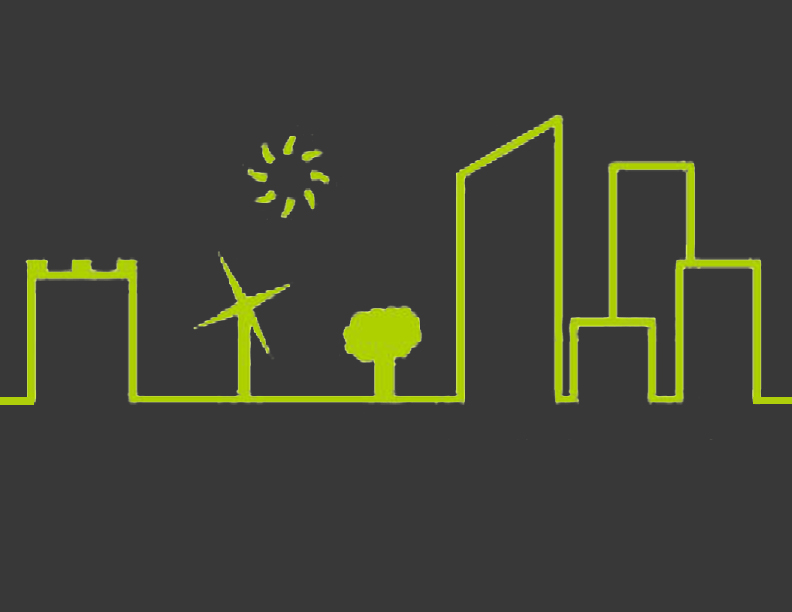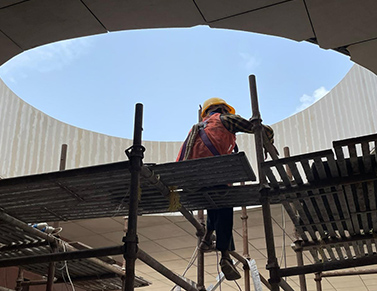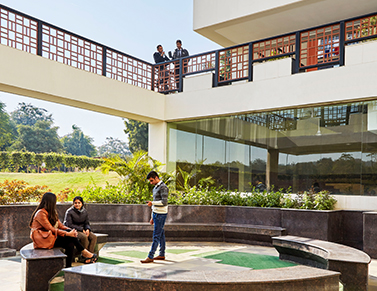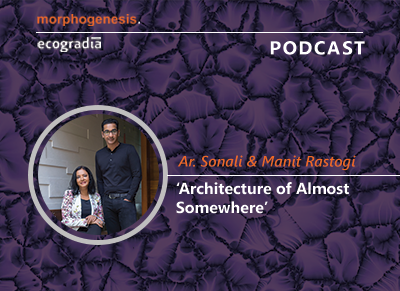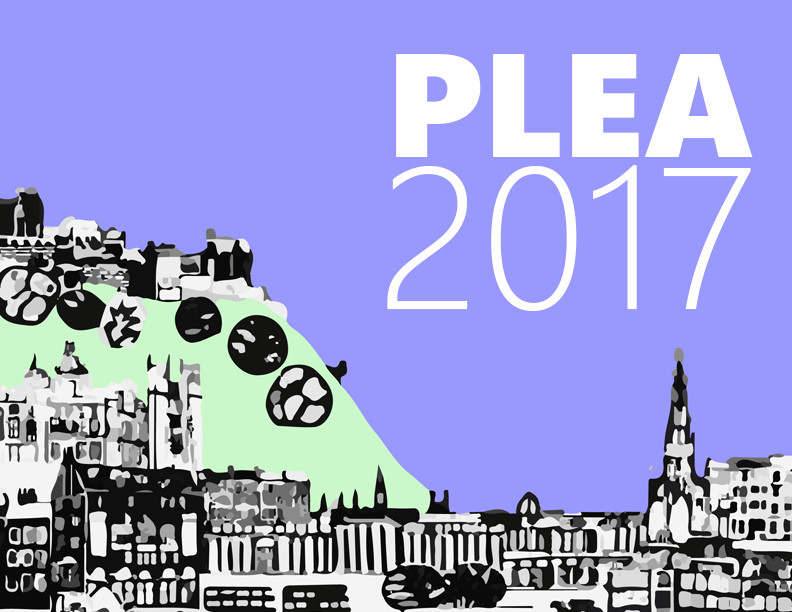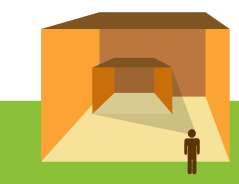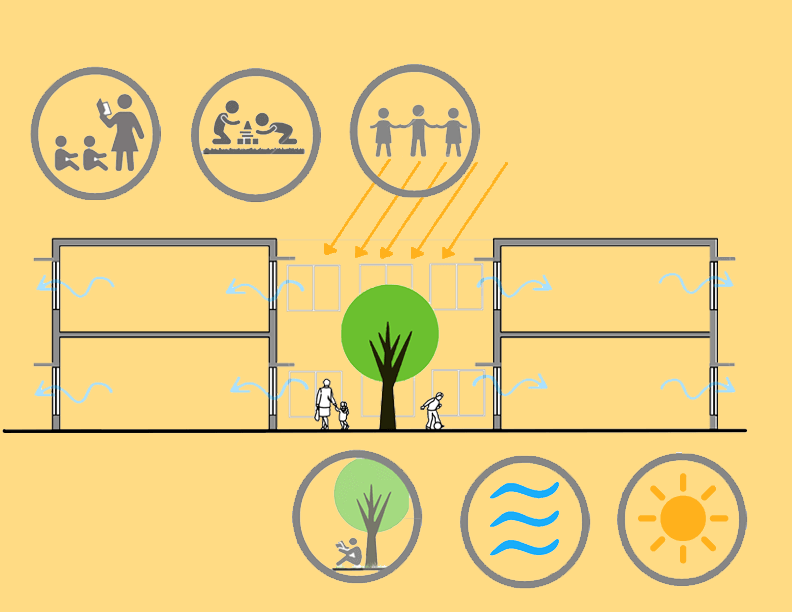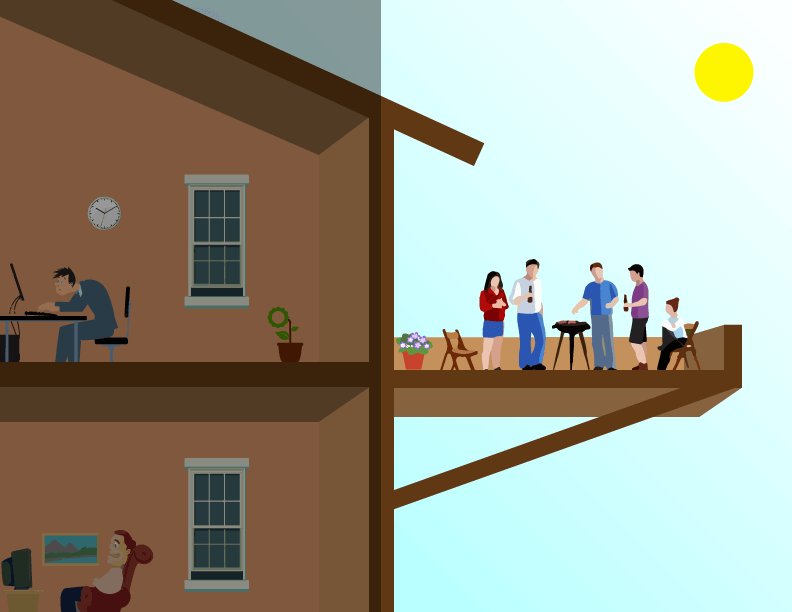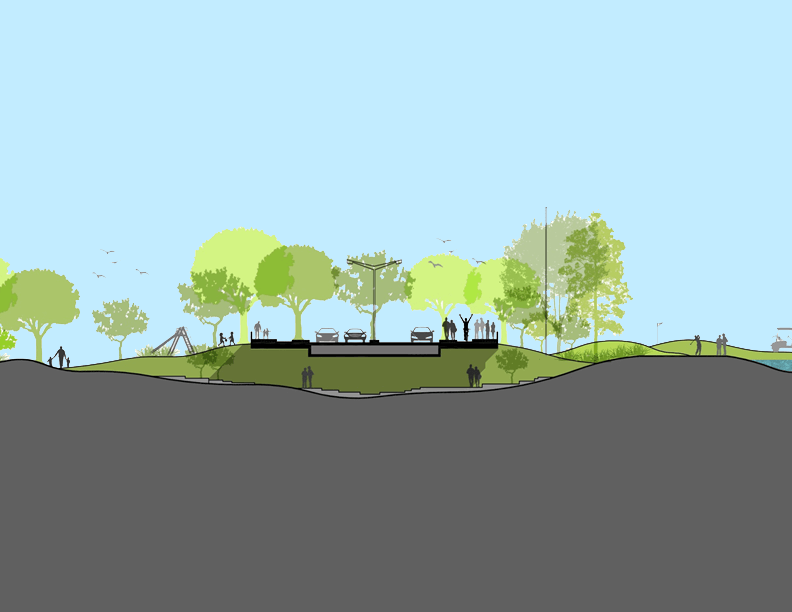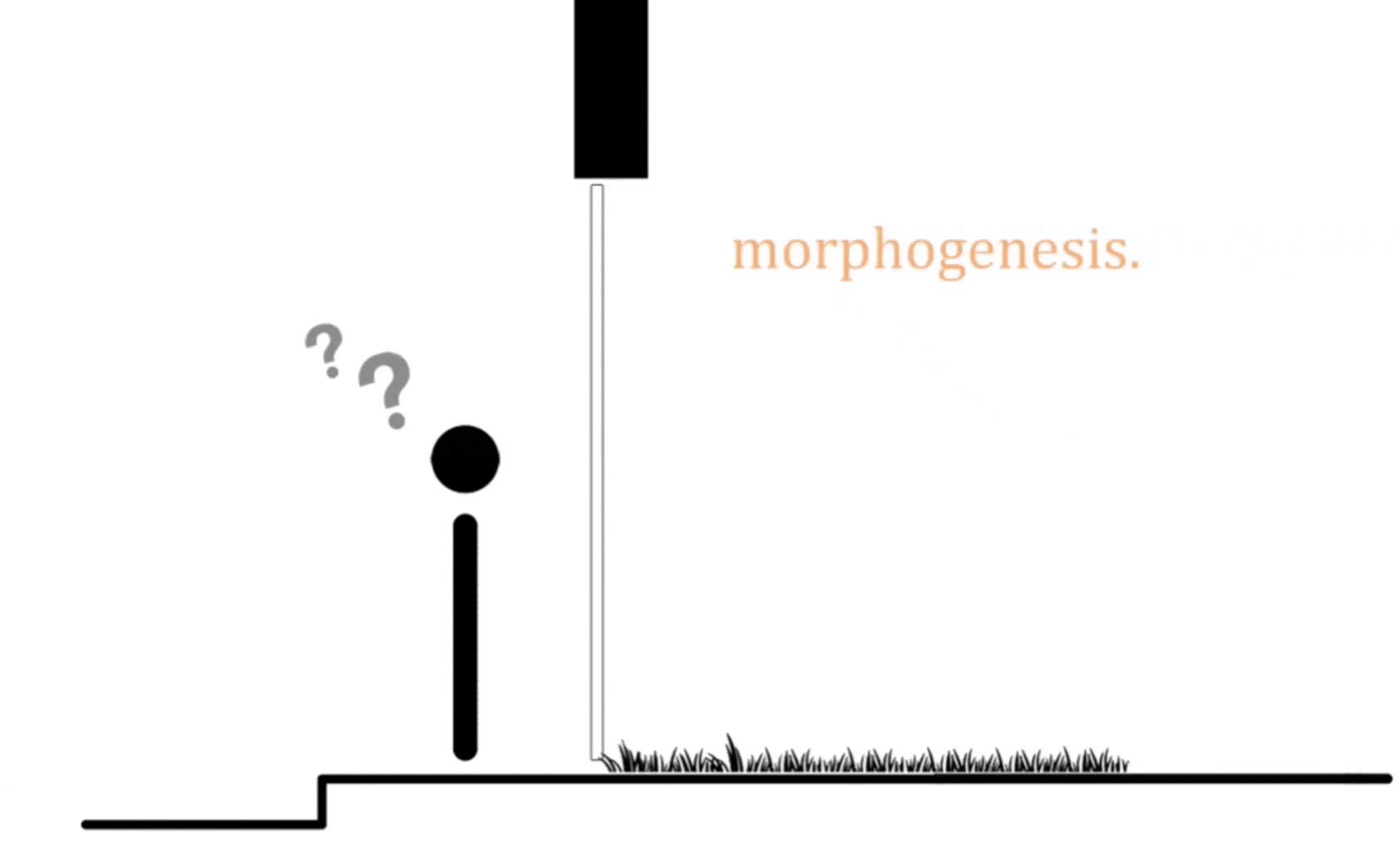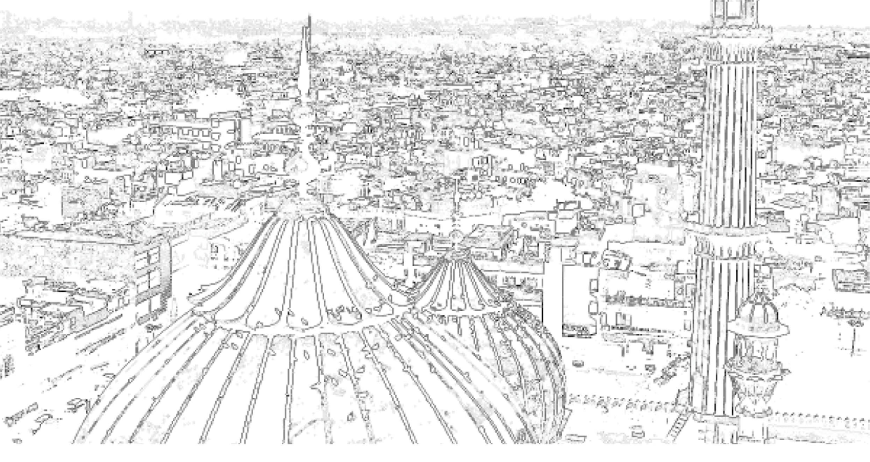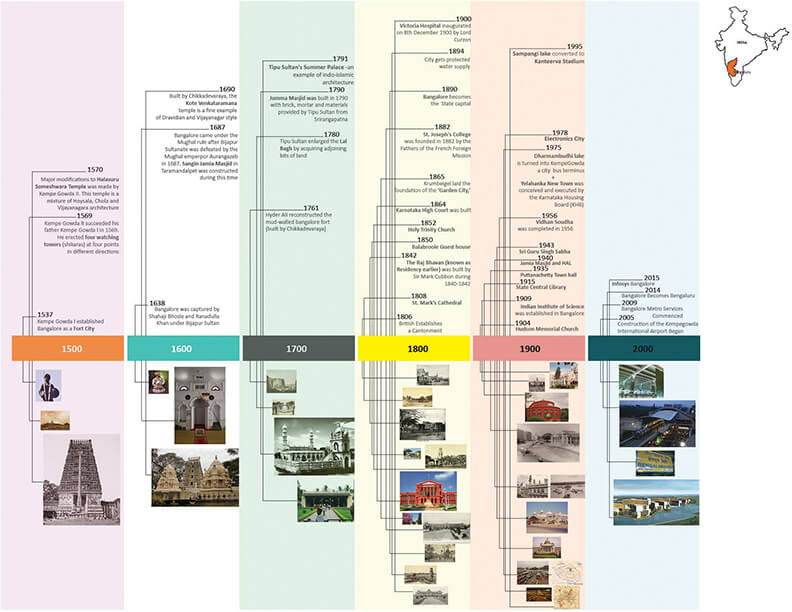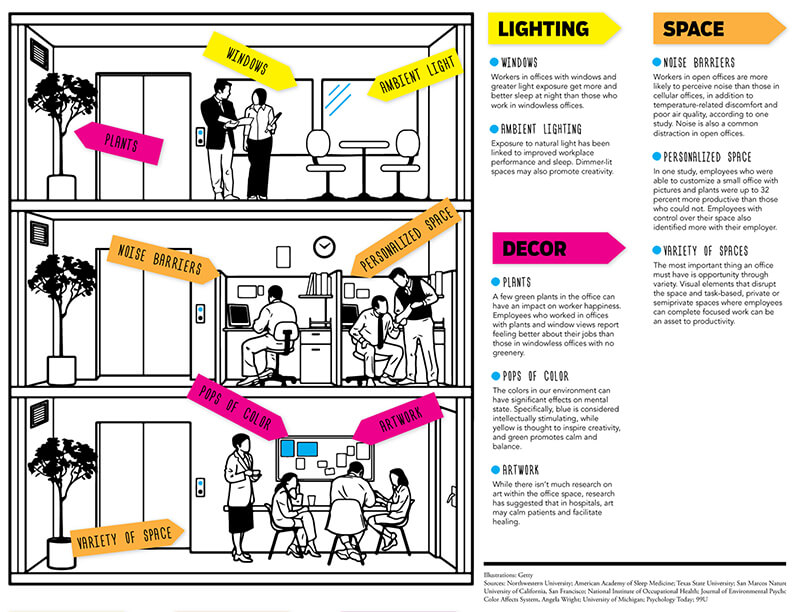The definition of a Sustainable Smart City to me is that the city of the future has to be zero water, zero energy and zero waste to landfill. We need to start thinking of our buildings and cities as Bazaars (places of human interaction) rather than only as Machines (places of human habitation). So how do we redefine our urbanism as an emergence of interwoven networks?
The first thing is to determine the carrying capacity of that city and define a target population based on the water and renewable energy potential. It determines the human capacity of the land. Moving on from there, it is essential to design the city as a system and let the city itself evolve. If you become highly prescriptive about how a city should be, it doesn’t allow for the changing nature of human interaction. And we cannot predict how that will evolve over the next hundred years. Typologies will evolve and change, learning mechanisms will evolve and change, retail formats will change.
The design process begins with creating an environmental master plan. Analysis of the local geology and natural resources, and ensuring their protection as far as possible. Second, a geotechnical analysis that would give you soil conditions and the bearing capacity of the land. In combination with a seismic evaluation of the land, it would give you a clear idea of the kind of structures you should be building. Then a hydrological analysis, where the idea is to close the water cycle between rain, aquifer and extraction (avoiding extraction as far as possible). All these will give a clear indication of where to and where not to build.
Then we come to urban design where we start focusing on how the buildings should be configured; where you go high rise-low density or low rise-high density; all models being valid. The model emanates from a combination of the environmental master plan and the carrying capacity, essentially telling you what the urban form of the city should be. Tying that all together is mobility, configuring the city around transit oriented development.
Having done all the above, what is key is to design a city to be safe; a city that has eyes on every democratic, public space. Where you don’t build setbacks and boundary walls, you build pavements and you put eyes on the street. I believe a self-regulating society is much more effective than a police state.
m.blog
Tags
close

